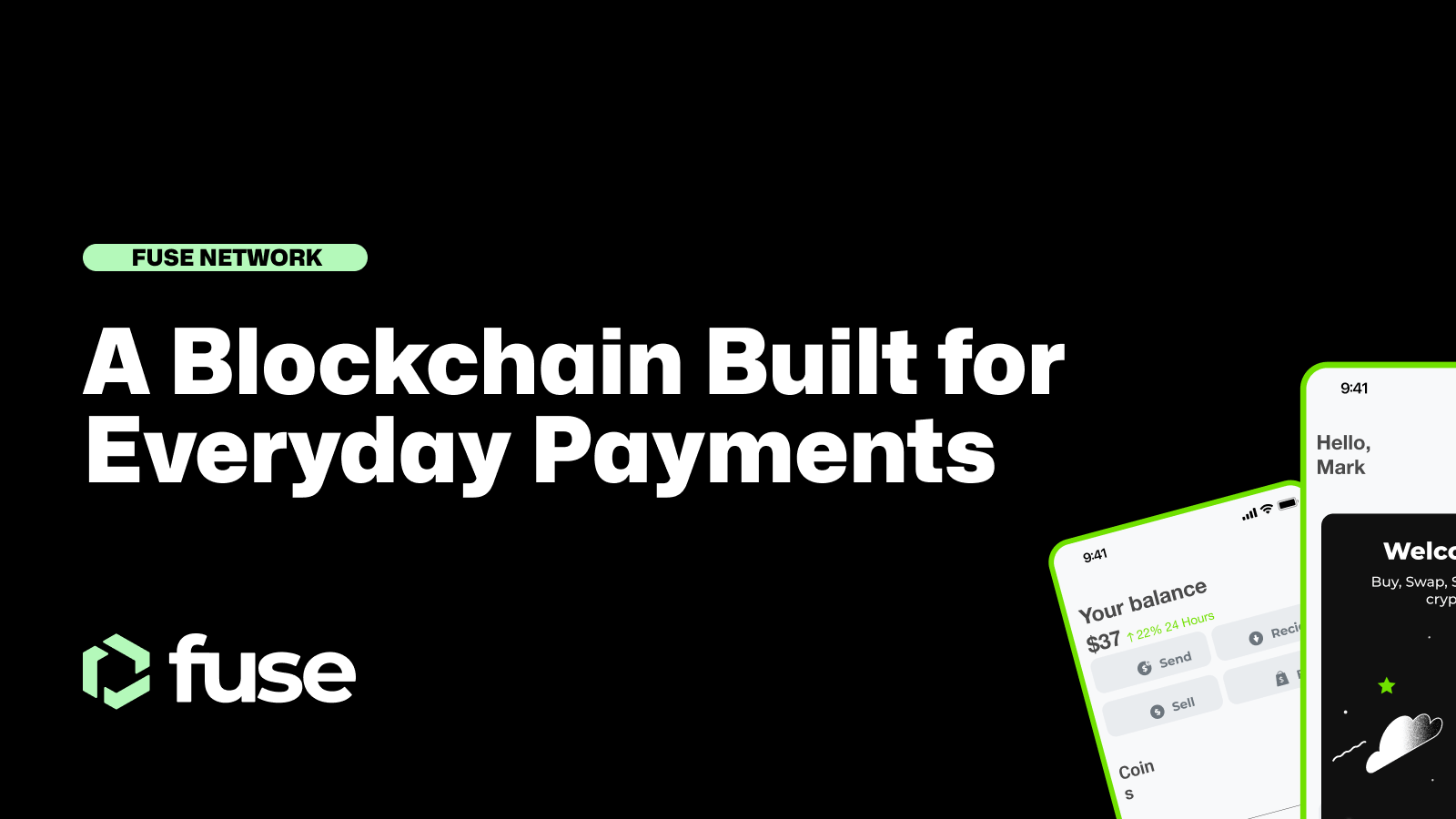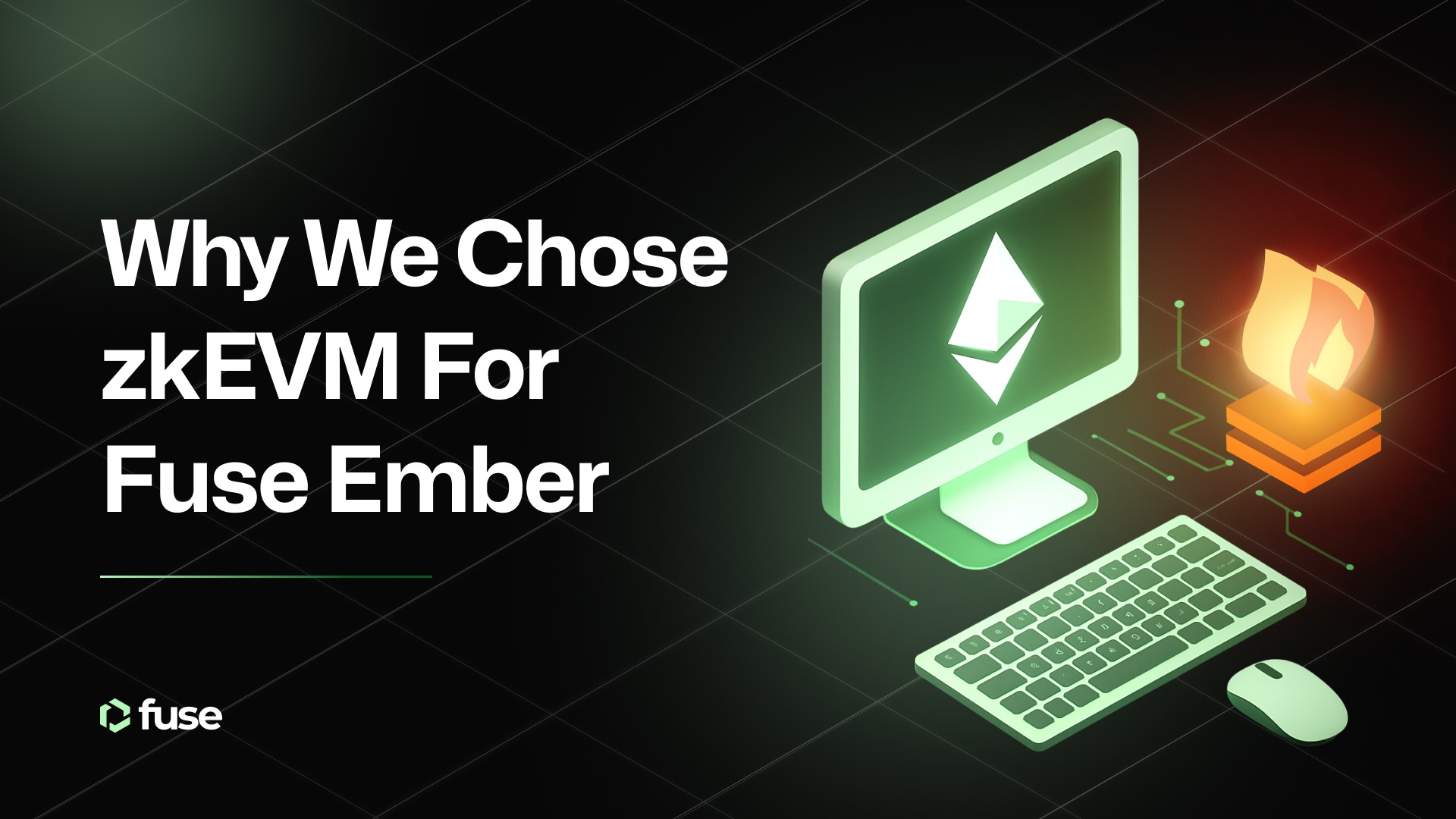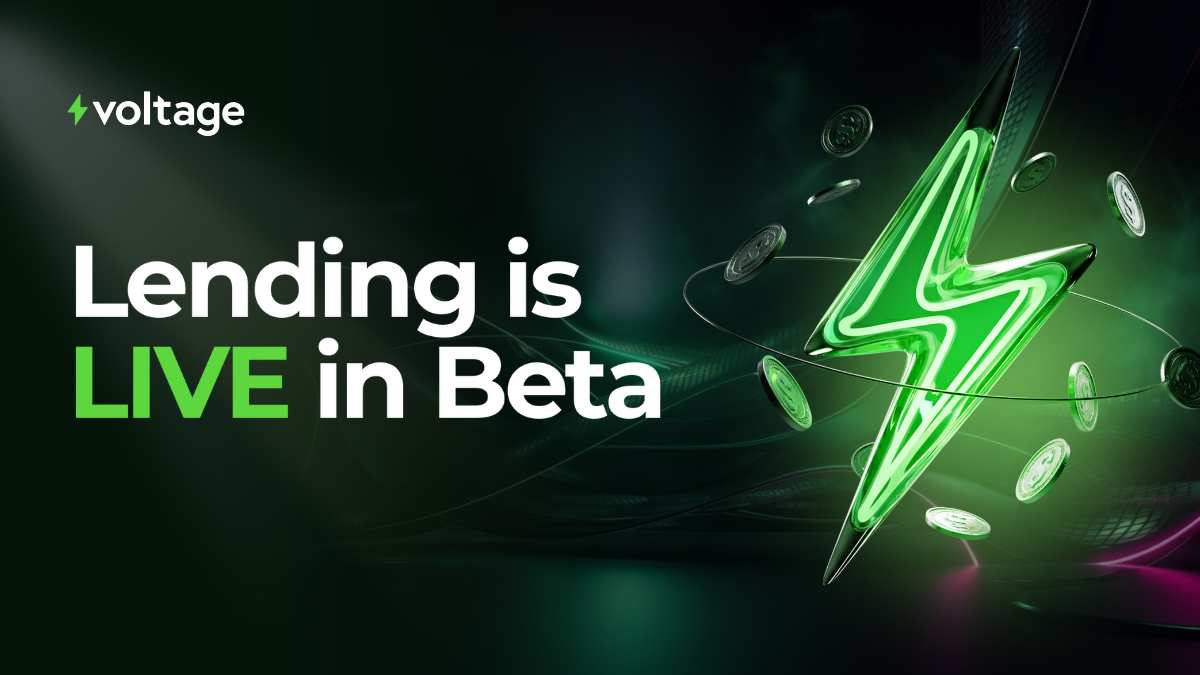Blockchain technology has revolutionized various industries, and one area where it has shown immense promise is in payments. Blockchain, in simple terms, is a decentralized digital ledger that records transactions across multiple computers. Its distributed nature and cryptographic security make it an ideal solution for secure and efficient payments.
Traditional payment systems face numerous challenges, including high transaction fees, slow settlement times, lack of transparency, and susceptibility to fraud. These limitations can hinder economic growth and impede financial inclusion. However, blockchain technology has the potential to overcome these obstacles and transform the way payments are conducted.
In fact, after conducting a Twitter poll, we see that business owners see high transaction fees and long settlement periods as the biggest problem with traditional POS systems such as Visa and Mastercard.
This article will explore blockchain’s benefits, use cases, implementation, challenges, and future potential in payments. More importantly, we will show you how to start experimenting and embracing this technology into your everyday business processes.
Before diving into blockchain payments’ benefits, let’s address some of the most commonly asked questions.
FAQs
Are blockchain payments anonymous? No, blockchain payments are not entirely anonymous. While transactions are pseudonymous, meaning they are associated with unique addresses instead of personal identities, blockchain analysis techniques can trace transactions back to their origin.
Can blockchain technology be used for traditional card-based payments? Blockchain technology can be integrated with conventional card-based payment systems to enhance security, reduce fraud, and streamline settlement processes.
Are blockchain payments reversible? In most cases, blockchain payments are irreversible. Once a transaction is confirmed and recorded on the blockchain, it cannot be undone. This feature provides an added layer of security and prevents fraudulent chargebacks.
Is blockchain only useful for cryptocurrencies? No, blockchain technology has applications beyond cryptocurrencies. While cryptocurrencies are a prominent use case, blockchain can be employed for various digital assets and financial transactions.
Can blockchain eliminate the need for banks in payments? While blockchain can potentially disrupt traditional banking systems, it is unlikely to eliminate the need for banks. Instead, it may reshape their roles and force them to adapt to the changing financial services landscape.
Benefits of Blockchain for Payments
Transparency and Immutability
Blockchain provides transparency by allowing participants to view and verify transactions in real-time. Once a transaction is recorded on the blockchain, it becomes immutable, meaning it cannot be altered or tampered with. This feature enhances trust and accountability in payments.
Security and Fraud Prevention
Blockchain employs advanced cryptographic techniques to secure transactions. Each transaction is encrypted and linked to the previous transaction, forming a chain of blocks. This cryptographic integrity makes blockchain highly resistant to fraud, hacking, and unauthorized alterations.
Speed and Efficiency
Due to intermediaries and complex clearance processes, traditional cross-border payments can take days to settle. In contrast, blockchain-based payments can occur almost instantly, eliminating the need for intermediaries and streamlining the settlement process. This speed and efficiency benefit both businesses and consumers.
Lower Costs
Blockchain reduces costs associated with intermediaries, manual processes, and reconciliation. Blockchain payments can significantly lower transaction fees by removing the need for third-party intermediaries, such as banks or payment processors, making it more affordable for individuals and businesses.
Global Accessibility
Blockchain enables anyone with an internet connection to participate in the global economy. Traditional payment systems may exclude individuals in underbanked regions or those who need proper identification. Blockchain-based payments offer financial inclusion by providing an open and accessible transaction platform.
Use Cases of Blockchain in Payments
Cross-border Transactions
Cross-border payments often involve multiple intermediaries, complex processes, and high fees. Blockchain can streamline these transactions by eliminating intermediaries, reducing costs, and accelerating settlement times. Cryptocurrencies like Fuse, Bitcoin, and Ripple’s XRP have already demonstrated the potential of blockchain for cross-border remittances.
Micropayments and Remittances
Blockchain is particularly beneficial for micropayments, which involve small amounts of money. Traditional payment systems are often inefficient and costly for micropayments, but blockchain enables quick and cost-effective transfers. Blockchain-based remittance services can provide a secure and affordable way to send money across borders.
Peer-to-Peer Payments
Blockchain enables direct peer-to-peer payments without intermediaries. Using digital wallets and cryptocurrencies, individuals can send funds to each other instantly, securely, and at a minimal cost. This capability is handy for freelancers, gig workers, and individuals without access to traditional banking services.
Supply Chain Payments
Blockchain can enhance transparency and efficiency in supply chain payments. By recording payment transactions on the blockchain, stakeholders can easily track and verify the flow of funds throughout the supply chain. This transparency minimizes disputes, reduces fraud, and streamlines payment processes.
Implementing Blockchain for Payments
Implementing blockchain for payments involves several key elements:
Blockchain Consensus Mechanisms
Blockchain consensus mechanisms determine how transactions are validated and added to the blockchain. Proof-of-Work (PoW) and Proof-of-Stake (PoS) are popular consensus algorithms. PoW requires participants to solve complex mathematical puzzles, while PoS relies on the participant’s stake in the network.
Smart Contracts and Programmable Money
Smart contracts are self-executing contracts with predefined rules encoded on the blockchain. They automate payment processes, ensuring funds are released only when specified conditions are met. Programmable money refers to digital assets programmed to execute transactions automatically.
Integration with Existing Payment Systems
For widespread adoption, blockchain needs to integrate with existing payment systems. Bridging the gap between blockchain and traditional methods can enhance interoperability and provide a smooth transition for users. Collaborations between blockchain startups and established financial institutions are becoming more common to achieve this integration.
Challenges and Limitations of Blockchain for Payments
Scalability Issues
Blockchain scalability refers to the ability to handle many transactions quickly. Some blockchain networks, like Bitcoin, have faced challenges in scaling due to limited transaction throughput. However, with Layer-2 solutions, like Fuse Network, transactions can be processed on a secondary layer, increasing efficiency and speed and vitally reducing costs.
Regulatory and Legal Considerations
Blockchain for payments poses regulatory and legal challenges. Governments and regulatory bodies are still adapting to the decentralized nature of blockchain, which requires careful consideration of issues like money laundering, consumer protection, and tax compliance. Regulatory frameworks are evolving to provide clarity and oversight in this space.
Energy Consumption
Proof-of-Work blockchains, like Bitcoin, consume significant energy for mining and validating transactions. As blockchain technology advances, efforts are being made to develop more energy-efficient consensus mechanisms, such as Proof-of-Stake, to reduce the environmental impact.
Blockchain Payments on Fuse Network
One of the critical features of Fuse Network is its focus on creating a seamless experience for mainstream users and businesses. It offers tools and infrastructure that simplify the development and deployment of dApps, making it easier for developers to build applications that non-technical users can adopt.
Moreover, the introduction of Account Abstraction represents a monumental leap forward for the crypto industry. With improved transaction efficiency, a seamless user experience, and expanded use cases, Account Abstraction on Fuse can drive mainstream adoption of cryptocurrencies and revolutionize how we interact with digital assets.

Embracing this groundbreaking development is crucial for individuals and businesses seeking to stay at the forefront of the crypto revolution. Getting started is easier than you think. With just basic industry knowledge, an internet connection, and a mobile phone or computer, you can tap into Web3 payments. Contact our team today to learn more about integrating Web3 payment into your business.
The Future of Blockchain in Payments
Blockchain has the potential to disrupt the payments landscape in the coming years. Several trends and innovations are driving this transformation. These include the rise of central bank digital currencies (CBDCs), the integration of blockchain into existing financial infrastructures, and the development of decentralized finance (DeFi) applications.
As blockchain matures and gains wider acceptance, its impact on the financial industry will continue to grow.
Conclusion
Blockchain technology holds immense promise for payments, offering transparency, security, efficiency, and accessibility. Its potential to revolutionize cross-border transactions, micropayments, peer-to-peer payments, and supply chain payments is already evident.
However, Scalability, regulation, and energy consumption challenges must be addressed for widespread adoption. As the blockchain ecosystem evolves and innovates, the future of payments looks increasingly decentralized, efficient, and inclusive.
.svg)
.svg)












